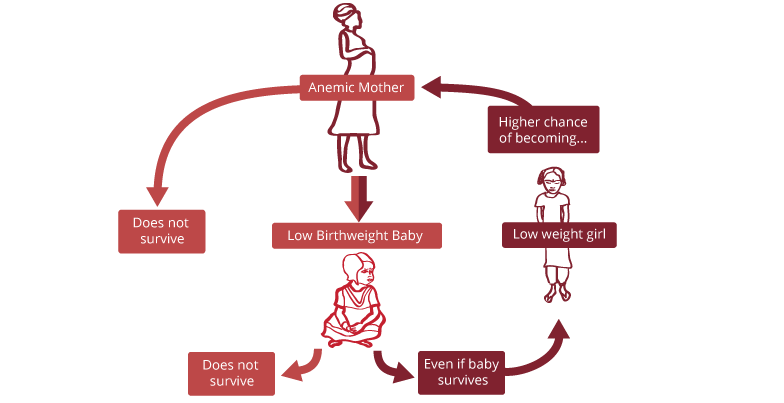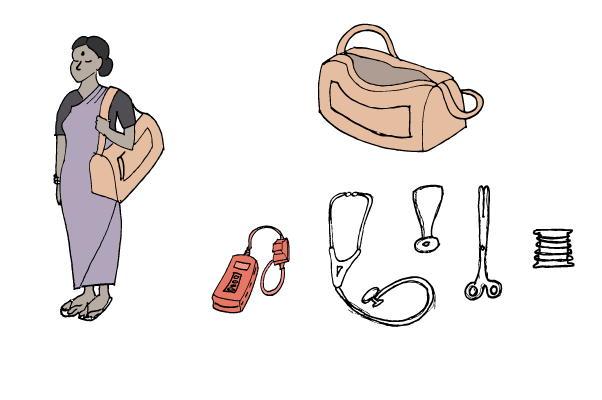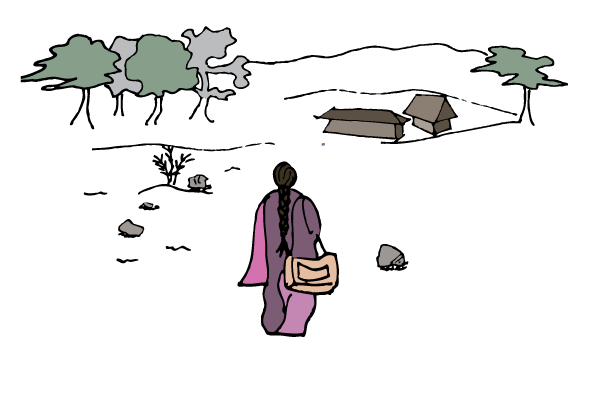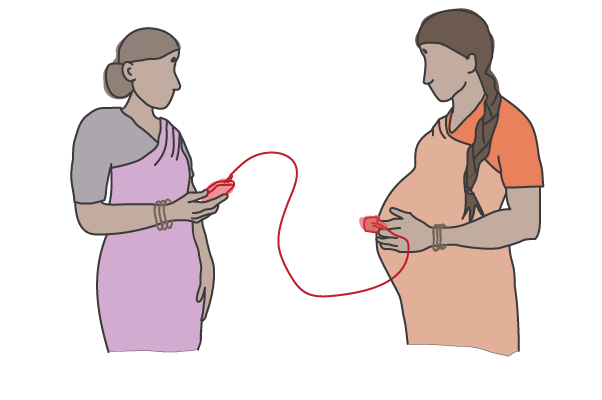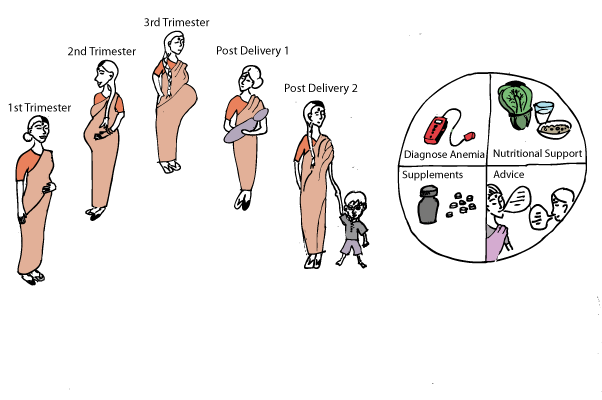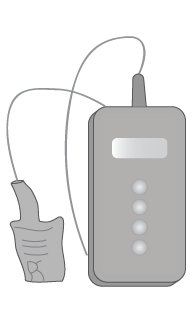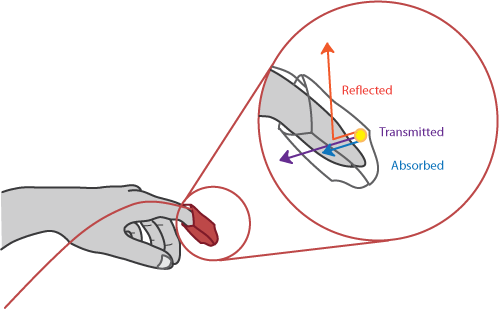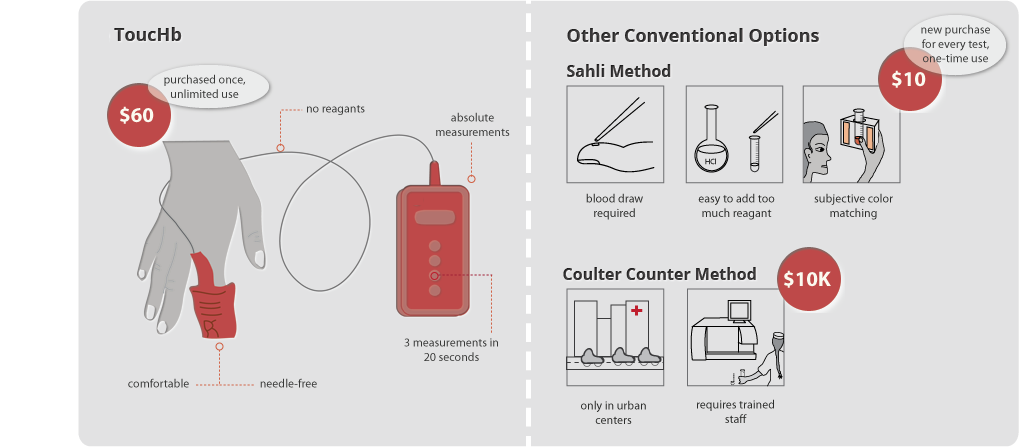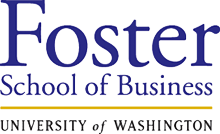Our Team
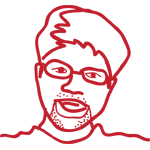
Myshkin is co-founder and CEO of Biosense Technologies. He has worked at Mckinsey & Company as a business consultant. He has also been a researcher at MIT as part of the team that conceptualized and built the Copenhagen Wheel, demoed at the United Nations Climate Summit '09. Myshkin holds a PhD in Management Information Systems from the Indian Institute of Management, Calcutta and a B.Tech in Electrical Engineering from the National Institute of Technology, Bhopal. He is an Unreasonable Fellow '11 and a TED Fellow '12.
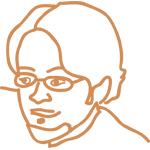
Abhishek is the CTO at Biosense and product lead on ToucHb. He has a background in biomedical engineering from IIT Bombay and a MBBS in internal medicine from T.N.Hospital. He is a fellow at the University of Washington and focuses on research and entrepreneurship on med tech targeted at the developing world. He is an Echoing Green Fellow, 2010.

Yogesh is co-founder and COO of Biosense. He holds a MBBS in internal medicine from T.N.Hospital Mumbai. He has a management background from the Shailesh J Mehta School of Management, IIT Bombay. Yogesh's other responsibilities at Biosense include co-ordination of clinical research and patent strategy.

Aman Midha, Creative Director
Aman is the design lead at Biosense and apart from technology and product development, also looks after the communications collateral. Having worked with the automotive industry at Tata Motors as an interior designer, Aman now looks forward to improving health outcomes in the developing world with appropriately designed medical devices. He holds a M.Des from IIT Delhi and a B.Tech in Mechanical Engineering from NIT Bhopal. Aman is an Echoing Green Fellow 2010.

Anand CV Mallaya, Engineering Lead
Anand leads product engineer at Biosense. He has an expertise in embedded development with microcontrollers. He also has dabbled in web programming with apache, mysql, php, javascript, HTML and is interested in semantic web technologies and AI web. Prior to joining Biosense, he was worked at Quodio Medical Devices and C-DAC in different R & D roles. He is a B.Tech from the University of Calicut.
Our Story
In 2007, Abhishek visited a village that was nearly 20 kilometers away from the nearest Primary Health Centre (PHC). Many of the women in the village were anemic but due to inaccessibility and lack of roads, it was impossible for them to travel to the PHC to get their blood samples tested. Despite being severely anemic, the women failed to recognize their own signs of being anemic, and did not feel sick enough to justify a trip to the PHC. Many did not consider a trip to the PHC worthwhile since it would mean losing their daily wages.
It was clear that these anemic women would end up risking not only their own lives but also their infants' due to complications during pregnancy, primarily because the existing healthcare system failed to identify or diagnose their anemia until it was too late.
So if these women were unable to walk to the PHC, we thought, why can't an Asha worker simply deliver a comfortable, reliable diagnostic directly to the village? That's where the compliance of the existing tools was low. We learned from a health worker with the National Malaria Control Program that the rural population failed to cooperate in providing blood samples to village health workers because there was no perception of being "sick" and villagers held taboos against giving blood.
The immediate solution appeared to be as simple as distributing nutritional supplements to all. However, after putting in a little more thought into it and discussing the idea with Yogesh and a few friends, we questioned whether a pulse-oximeter could determine hemoglobin levels. With prior experience in a bionic arm project, Abhishek was comfortable with electronic components... And that is when he began tinkering in his dorm room and started to develop a hemoglobin-o-meter inspired by pulse oximeter technology.
Together with a few friends, he got short listed for the IIT Techfest 2008, where the team Anaemedia was awarded the 2nd prize. The prize money was reinvested to improve the prototype. Anaemedia continued to participate in various competitions, becoming more refined each time.
The turning point came when Anaemedia became the runners-up at the Piramal Prize and were awarded incubation at the Centre for Innovation Incubation and Entrepreneurship, Indian Institute of Management, Ahmedabad.
In December 2008, Anaemedia was reincarnated as Biosense Technologies Private Limited.
Past and current collaborators, employees and interns
2012
Engineering and Design: Adnan R
Design and Usability: Fawn E, Maria H
Product and Branding: Ashley W, Niels J
Business and Strategy: Sandeep S
Website:
Curly Bracket Design
2011
Engineering and Design: Shaakir M, Reshma S, Ishaan S, Pritesh S
Product and Branding: Mayank C
Business and Strategy: Amit T, Abhiraman V
2010
Engineering and Design: Rajesh Mane
2009
Engineering and Design: Vikas Y, Kanak M
Our Advisors
Professor Rakesh Basant
Chairperson, CIIE, Indian Institute of Management, Ahmedabad
Mr. Ram Vaidya
Regional Director, Medical Devices, Johnson & Johnson
Professor L. K. Das
IRD Fellow, India Institute of Technology Delhi
Dr. Darshan Nayak
Stanford India Biodesign Innovation Fellow

